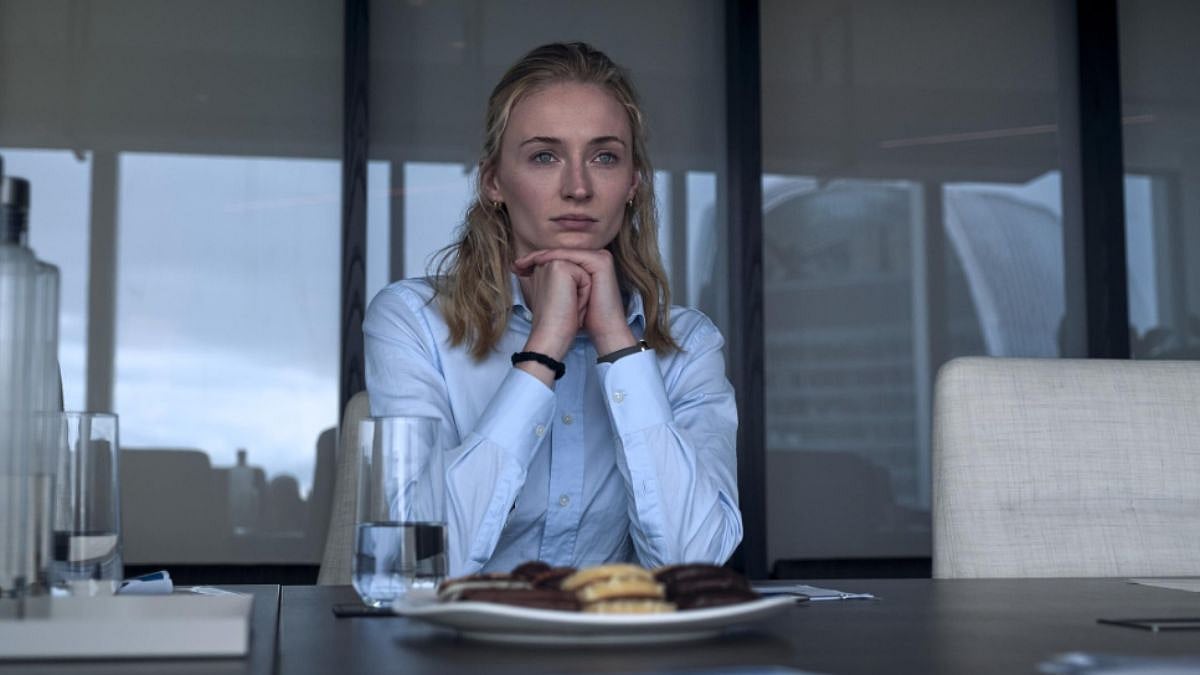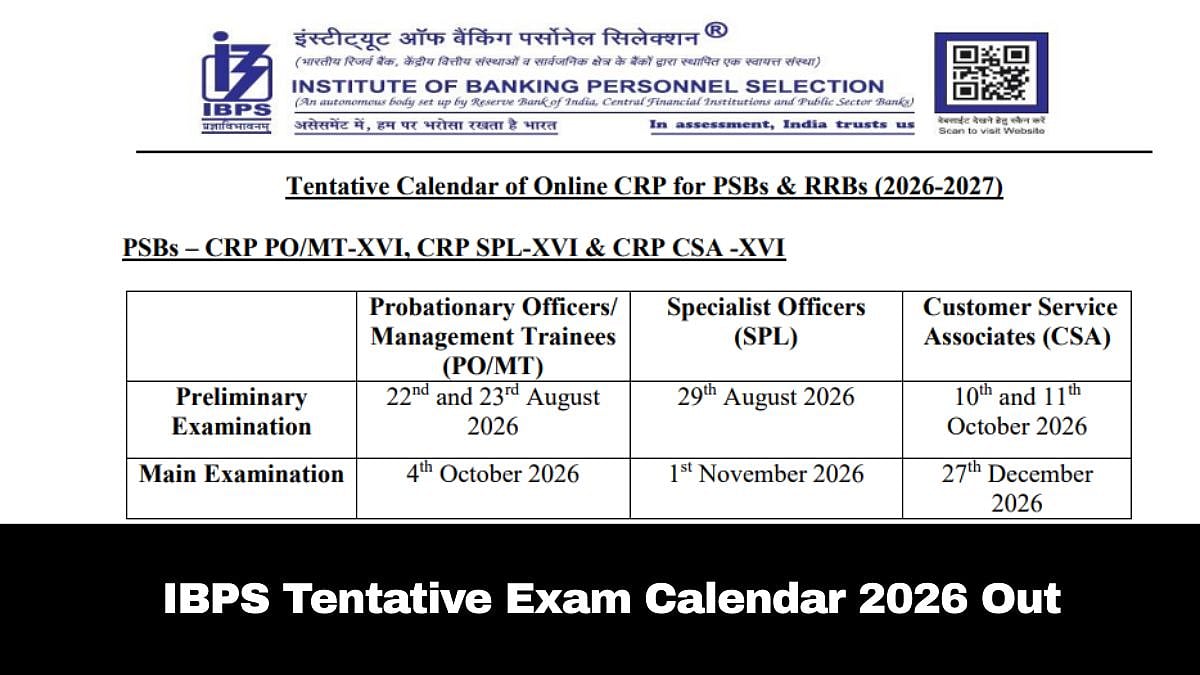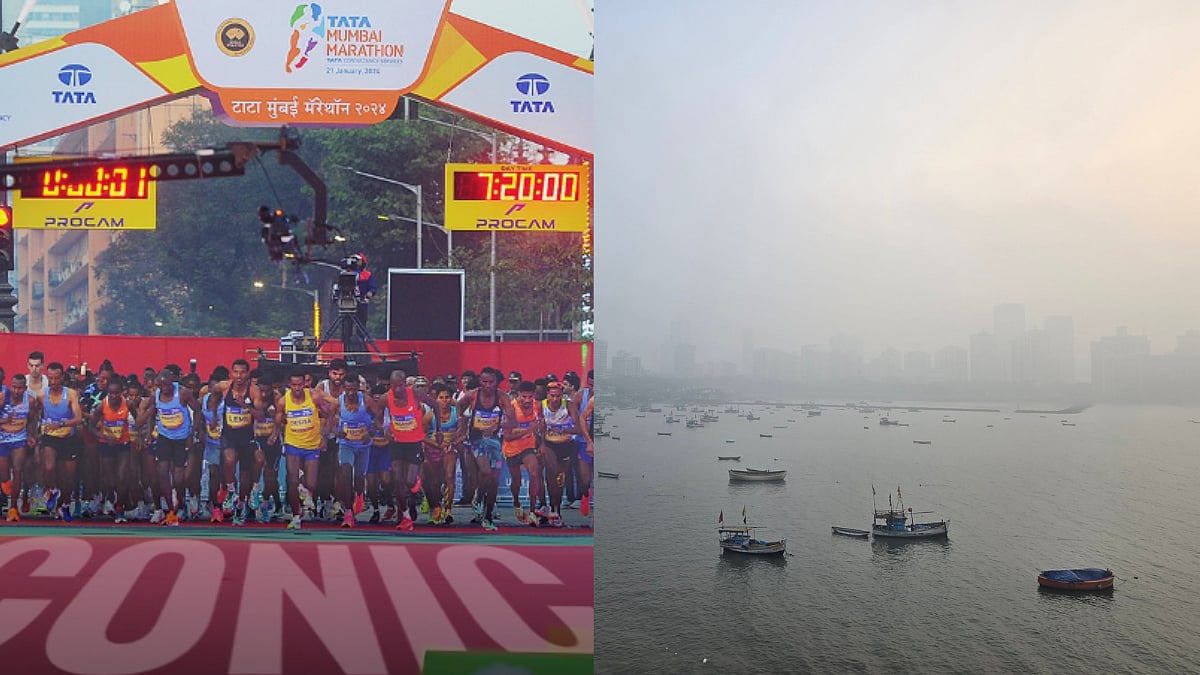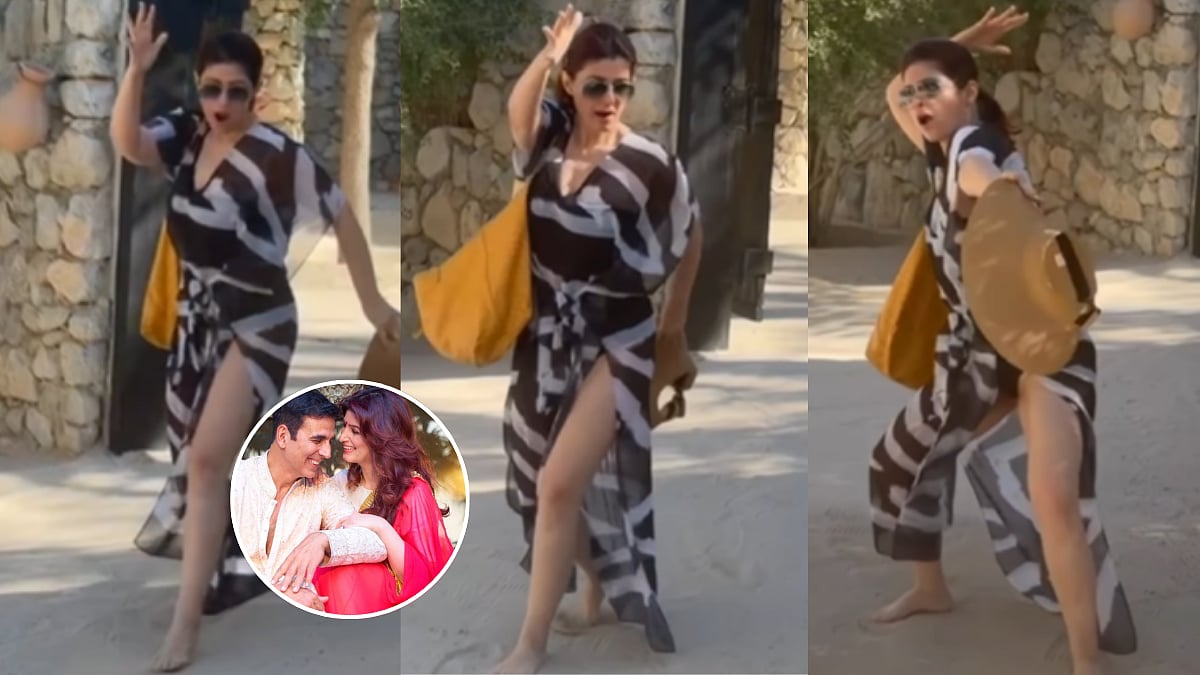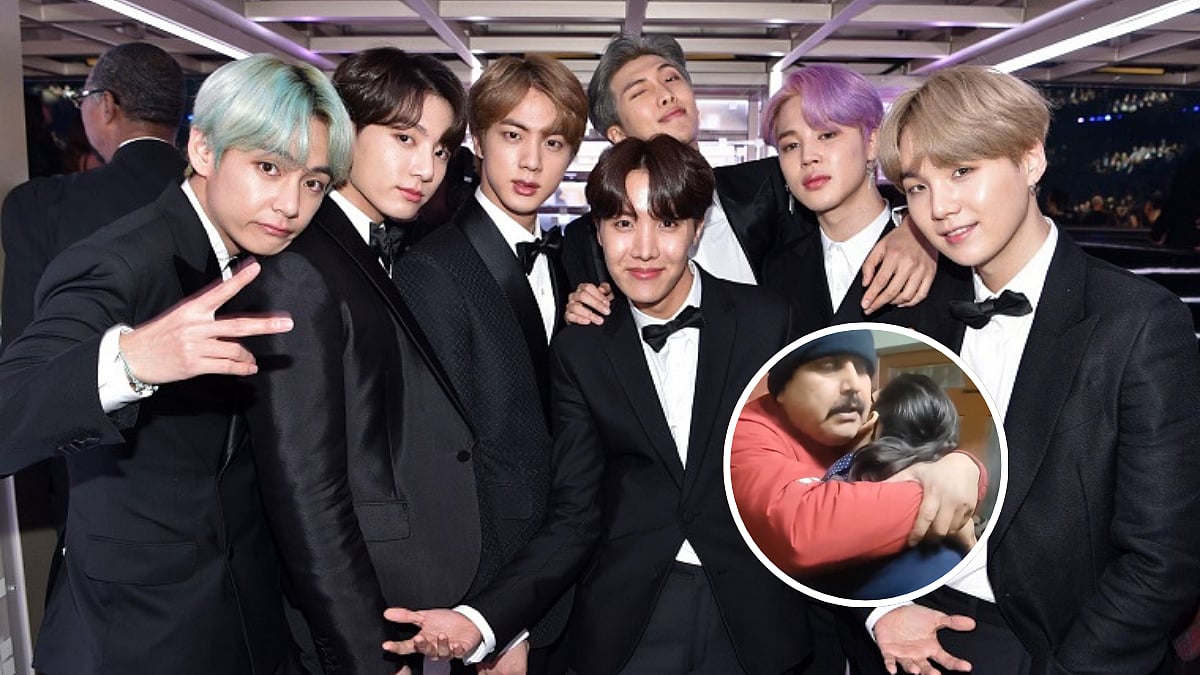Designer Anavila Misra, who is perhaps best known for contemporising the sari in a breathable and easy linen avatar, showcased her new collection on the very first day of the first-ever digital avatar of Lakme Fashion Week. Named Dhanak, her collection is inspired by rainbows and features a kaleidoscope of colours on rich handmade textiles, just in time for the festive season. The theme, says Misra, was in keeping with the last six months the world has spent under lockdown.
“This is the very first time in recent history that the entire plant has been impacted by the same issue. We’ve all gone through our ups and downs and there is uncertainty about what the future holds – a proverbial storm, which the rainbow cuts through to bring a smile on our faces. This inspired me to play with colours for this collection. Colours are therapeutic. They energise you and uplift your mood. I believe that the child in us comes to life with these little triggers and we experience, once again, feelings of joy and innocent wonder,” she explains.
Merging comfort with style
In addition to bright colours, Misra has focused on comfort in a big way, with her pieces featuring easy, kaftan-like shapes. “Although this is a festive collection and the pieces feature fine zari and khatwa work to reflect our celebratory spirit, we are still celebrating only with our families, in the comfort of our own homes. Through the last six months, all of us have invariably reached for our most comfortable clothes as we work long hours at home. Going forward, I do believe that people will continue to value comfort and dressing up for themselves rather than for making a statement,” she says.
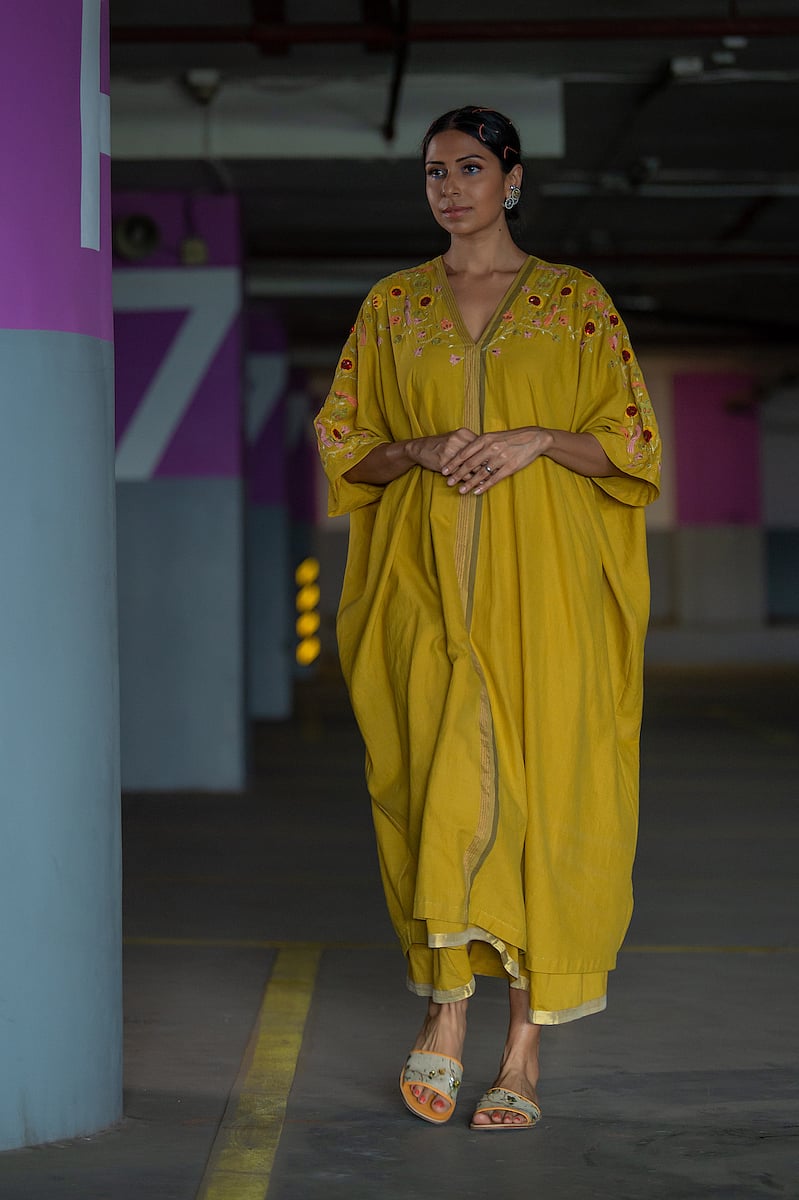
This is also where her brand’s focus on traditional textiles offers wearers a distinct advantage. “Our textiles were developed based on the needs and the climate of the region they came from. a need-based development. Over time, these crafts evolved as artisans became more skilled and developed deeper sensibilities. For instance, muslin and taant saris, which come from West Bengal, are apt for the humid, rainy weather. Once we go back to our textile roots, we also go back to fabrics that were originally made for comfort,” she adds.

Designers like Misra are becoming increasingly instrumental in dispelling the notion that traditional textiles are frumpy or boring. Her designs, which are sported by celebrities in India and abroad, are known the ease with which they blend into contemporary lifestyles.
“If we don’t work to make these textiles appealing, buyers will not gravitate towards them. Yes, they may buy traditional handloom a few times just to support the craft, but without the excitement of wanting to see themselves in the garment. When I first decided to introduce linen saris eight or nine years ago, much of our conversation was about why younger women shy away from saris. Here, reintroducing saris in a comfortable fabric like linen, with contemporary patterns and easy blouses, changed their perspective about the sari, which had become confined to formal occasions and festivals. Women today are sporting saris as daily wear, often pairing them with sneakers!” she says.

She adds that with international brands coming to India for many years for our traditional crafts and textiles, the renewed push with government support and increased awareness presents an excellent opportunity for Indian designers to take traditional crafts to global audiences.
A digital future
As one of the first designers to present at the virtual fashion week, Misra believes that digital is the need of the hour and can enable designers to reach out to their clients in the new normal. “There were a few teething problems, but digital shows do have certain advantages. Shows are often very hectic for designers. In this digital format, our planning was much more organised, which made the process smoother. These shows also have a much smaller carbon footprint and cost benefits. In fact, many customers who live abroad and have experienced our brands can continue to engage with them, without waiting for their next visit to India. They can also participate in our shows, regardless of their physical location,” she shares.


